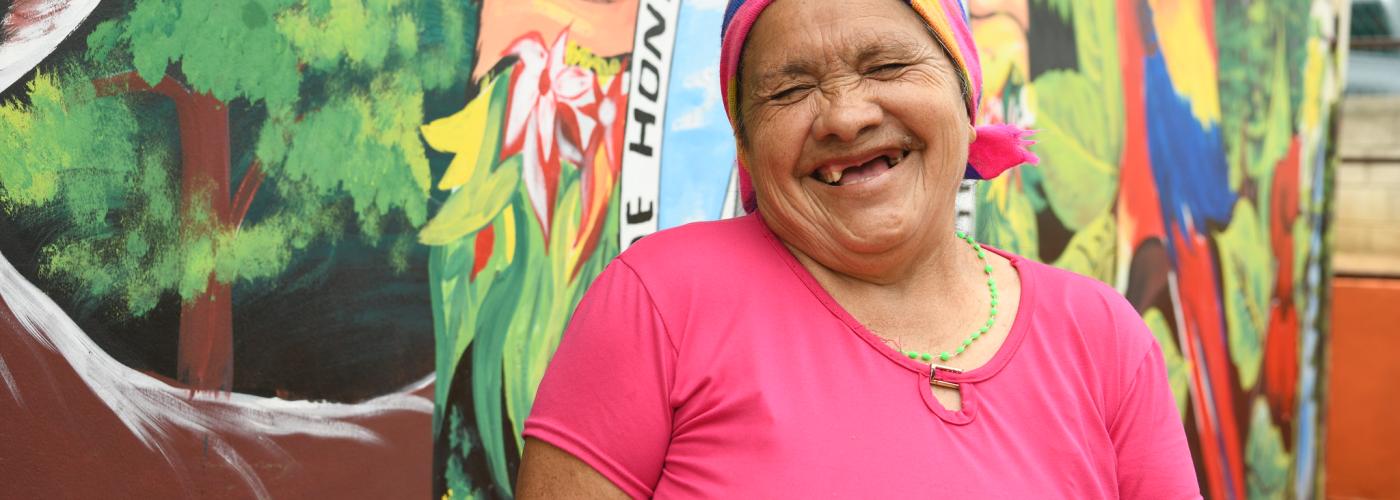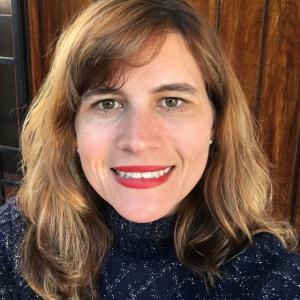What’s the Inception Phase Got To Do With It?
Image

In this blog post in the Equitable Inclusion series by the Canopy Lab, I spoke with USAID FTF Transforming Market Systems Activity (TMS) Deputy Chief of Party, Dun Grover, about the crucial role their inception phase played in shaping how they, as a market systems development program, think about inclusion and what that means for engagement with local partners.
Be intentional and use a multi-layered inclusion lens.
TMS’ goal is to generate economic opportunities through new jobs and better income to reduce the outward migration of Honduran men and women. The program also had ambitious inclusion targets for women and youth. The structure and emphasis on inclusion had to be more intentional and layered than your average MSD program to meet these objectives.
“Because of our focus on migration, a guiding question during the inception phase was what economic activities would give someone a good quality, dignified life in Honduras.”
To help inform its systems change strategy, TMS’s formative research included a standalone GYSI analysis to examine inclusion barriers and determine decent work factors (Figure 1).
Image

Figure 1: Structural factor analysis of determinants of inclusive access to jobs (for women and youth)
Considering the program's ambition, a guiding principle during inception was to find areas within market systems that could be ‘nudged’ to be more inclusive. Dun offered an example: the tourism and digital economy sectors were attractive to TMS because they had a high potential for inclusive job creation for women and other traditionally marginalized groups in urban and rural areas.
Consider the interrelated drivers of exclusion at the start.
However, TMS learned early on that inclusive job creation requires more than just helping businesses in sectors like tourism and the digital economy to create new jobs; it requires tackling the underlying and often interconnected drivers of exclusion. This required the program to promote entrepreneurship, enhance social and business networks, and lower the obstacles to formalization and private-sector investment. While these drivers create barriers for everyone, TMS knew from its research that women, youth, and other marginalized populations were especially disadvantaged.
“The biggest realization for us was that intervening in these core market systems, however promising, without addressing the interrelated systems that kept the status quo in place may boost jobs, but it won't necessarily generate inclusive benefits at scale and in the long-term.”
So, TMS integrated inclusion into partnership portfolio investments that would generate opportunities for women, youth, and other populations while also addressing these exclusion drivers.
TMS also elevated GYSI to its own component with its own budget of $2.3 million (12% of partnership fund budget) for GESI-focused investments to ensure that youth and women received the support they needed to participate in employment and entrepreneurship opportunities.
At the same time, TMS incorporates more transformative GYSI work to address social norms that disadvantage marginalized groups by working with government, investors, and companies to recognize the business case to engage women and youth. As a result, TMS has surpassed its annual targets for new or better jobs, including women or youth (18,447 women and 18,746 youth).
Avoid the ‘lost year’: Take time upfront to unpack your partner’s vision for success and how that relates to inclusion.
Even with TMS’s inclusion lens, Dun thinks that the pressure to get partnerships up and running (to spend funds and generate results to meet expectations) resulted in missing a critical window of time to unpack the inclusion aspects of the proposed interventions with their partners.
Looking back, TMS could have added additional budget and activities to partnerships to address the capacity gaps of partners in reaching more marginalized groups. It’s important to recognize that not all partners have the same expertise and capacities in Gender, Youth, and Social Inclusion (GYSI).
TMS now offers more tailored support to its partners through its GYSI team and, when needed, external project assistance. For instance, TMS partners with the local organization SOMOS CDC to establish business development services for LGBTQI+ entrepreneurs. Additionally, the project has engaged external experts in gender and finance to design gender-sensitive financial products.
Recently, TMS has adopted a new approach to monitor and strengthen its inclusion efforts. This approaches involves using structured pause and reflection exercises with partners. The goal is to get partners to be more deliberate and intentional about inclusion. During these sessions, TMS guides its partners to gather early feedback from suppliers and clients. TMS then engages in discussions with partners to assess the degree of participation of women and youth in specific activities.
Dun explains that asking questions like: "What is the partner's understanding of inclusion? How does this concept influence their perception of success? What criteria will they use to gauge their progress in achieving inclusion?" The pause and reflect sessions play a critical role in establishing alignment with partners and pinpointing any additional resources or capacity-building requirements.
Image

Figure 2: Excerpt from GYSI pause and reflect session with partners
In Dun’s experience, failing to define upfront what success looks like, especially in terms of inclusion, can result in what he calls ‘a lost year.’ He thinks that too often MSD programs fall into the practice of waiting a full agricultural cycle to see if the partner achieved the inclusion objectives of the intervention.
“I find programs tend to go a little bit off track and not know that they are off-track till that first annual results report. By then, they’ve lost a year. Teams need feedback within months, not years.”
Go deeper and create faster feedback loops
When it comes to measuring impact and success in terms of inclusion, Dun explains that TMS initially started off with a straightforward approach that set inclusion thresholds by partners. They then used portfolio benchmarking to assess partner progress against indicators such as ‘how many jobs have been created for women and youth.’ This approach highlighted participation levels and the relative distribution of benefits but lacked insights into the quality of impact on different population groups.
Image

Figure 3: TMS portfolio snapshot assessed against different inclusion criteria
Since then, TMS has improved its measurement approach, says Dun. They now ask questions around agency and social capital: “Does this work and income align with your personal aspirations?” “Do you have access to the opportunities and resources to improve your quality of life?” “Do you have the ability to make decisions regarding the use of this income for the purposes you deem important?” and “Do you receive the support you need from other members of his family to be successful?”
Dun explains that despite having this evidence, TMS needed to learn more about whether the Activity was achieving the transformational changes that would inspire people to stay and invest in Honduras. “By trying to quantify everything, I feel like we miss out on a lot of nuance.”
TMS is testing the use of micro-narratives as a way to incorporate qualitative information into their monitoring practices. They plan to engage women and youth from local communities as data collectors to collect qualitative data alongside the quantitative data they currently collect. Dun is optimistic this will yield new insights into the underlying drivers of exclusion, and help identify new program strategies.
Nevertheless, Dun acknowledges this is a large endeavor as the project works in seven sectors with 40+ active partners. Not to mention that multiple interventions led by each partner involve some 20,000 direct participants yearly with the expectation to impact another 16,000 people each year with new or better jobs. To succeed, the team is working to continuously improve its inclusion approaches, distribute roles and responsibilities, improve accountability mechanisms, better allocate resources, and foster a more inclusive culture within the project and among its implementing partner organizations.
Dun Grover is the Deputy Chief of Party for the USAID/Honduras TMS Activity where he coaches and supports local teams and partners to apply systems approaches to solve complex problems and improve development results. Dun has over a decade of international development experience in monitoring, evaluation, and learning, as well as technical advisory roles in economic development programs.
This blog series is written by the Canopy Lab’s Managing Partner and Inclusion+ Practice Lead Holly Lard Krueger, with support from Research and Business Development Intern, Audrey Lodes. The Canopy Lab is a Washington, DC based consulting firm specialized in the practical application of systems thinking.


